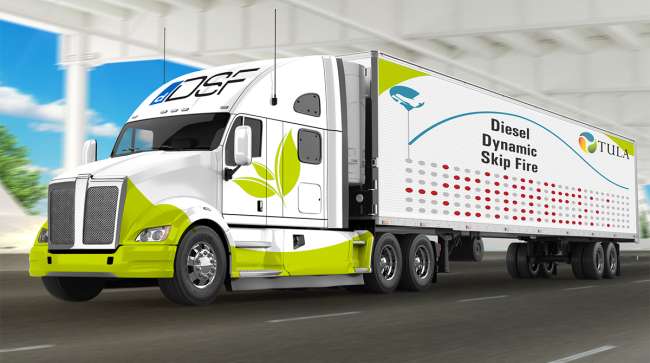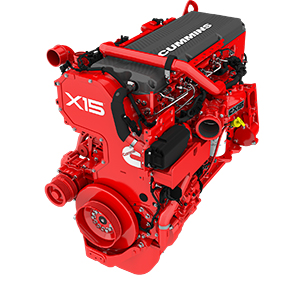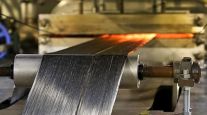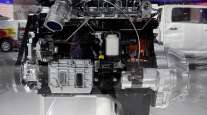Cummins, Tula Test Achieves Reduced Emissions

[Stay on top of transportation news: Get TTNews in your inbox.]
Cummins Inc. and Tula Technology Inc. announced Tula’s diesel Dynamic Skip Fire (dDSF) software was effective in reducing nitrogen oxides and carbon dioxide emissions on a Cummins X15 HD Efficiency Series diesel engine.
Dynamic Skip Fire is an advanced cylinder deactivation control strategy that makes decisions for an engine’s cylinders on an individual basis to best meet torque demands while saving fuel and maintaining performance, according to San Jose, Calif.-based Tula.
Low-load cycle performance was estimated with a well-calibrated powertrain simulation tool to accurately capture the low-load system operation and emissions. This system showed a 74% reduction in NOx and a 5% reduction in CO2 compared with today’s clean diesel technologies, according to Columbus, Ind.-based Cummins.

A Cummins X15 HD engine. (Cummins Inc.)
Compared with current engine technologies and modifications to the thermal management techniques, dDSF saved 20% in fuel, validating dDSF as a more fuel-efficient means of reducing NOx.
“NOx standards are becoming progressively more stringent for diesel engines, and meeting those standards is increasingly challenging, even for a class-leading, efficient engine like the Cummins X15 HD,” Tula CEO R. Scott Bailey said in a release.
Tula’s original Dynamic Skip Fire software has been shown to significantly reduce CO2 emissions in gasoline engines and has been in production since 2018 with more than 1 million vehicles on the road. — Transport Topics
Want more news? Listen to today's daily briefing below or go here for more info:




